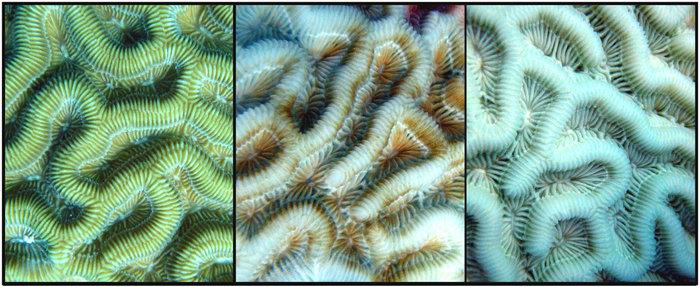Extreme Corals News and Updates
Coral Behavior Explained: How Corals Interact with Their Environment
Uncover the Fascinating World of Coral Behavior: From Feeding to Symbiosis and Aggression
Corals are more than static marine organisms—they’re dynamic, interactive creatures. This blog delves into their fascinating behaviors, from feeding strategies and symbiosis with algae to their competitive tactics. Learn how understanding coral behavior can help you create a thriving reef ecosystem.
by scott Shiles • December 09, 2024
The Dynamic World of Coral Behavior
At first glance, corals might seem like simple, stationary organisms, but beneath their calm exterior lies a world of dynamic interactions and survival strategies. Corals are masters of adaptation, engaging in symbiosis, nutrient exchange, and even competitive battles to thrive in their environment. These behaviors not only shape natural coral reefs but also influence how corals respond in reef tanks.
Understanding coral behavior can help reefkeepers make better decisions about coral placement, tank setup, and care. Let’s dive into the fascinating ways corals interact with their environment and explore how these behaviors play out in home aquariums.
Feeding Behavior: How Corals Capture Nutrients
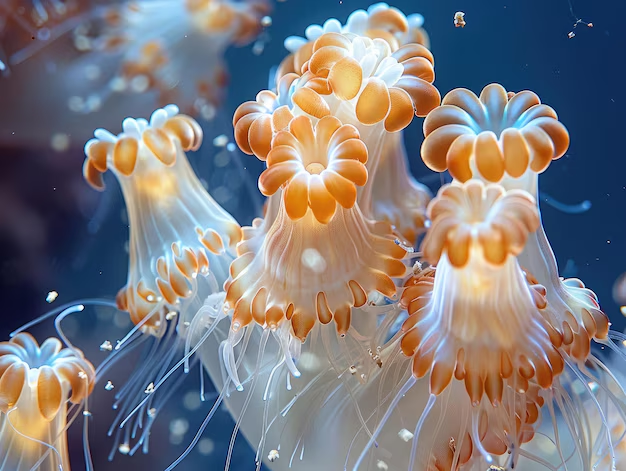
Corals feed in two primary ways: photosynthesis and active feeding. Their ability to harness energy from both sunlight and prey makes them highly adaptable.
- Symbiotic Photosynthesis: Corals rely heavily on their symbiotic relationship with zooxanthellae algae, which live within their tissues. These algae perform photosynthesis, converting sunlight into sugars that provide energy for the coral. This is why proper lighting is critical for coral health.
- Prey Capture: Corals use their tentacles and specialized stinging cells (cnidocytes) to catch plankton and other microscopic prey floating in the water. Some species, like sun corals, rely more on active feeding, while others primarily use photosynthesis.
- Dissolved Nutrients: Corals can also absorb dissolved organic matter directly from the water column, making nutrient-rich environments beneficial in moderation.
Symbiosis: Teamwork in the Reef
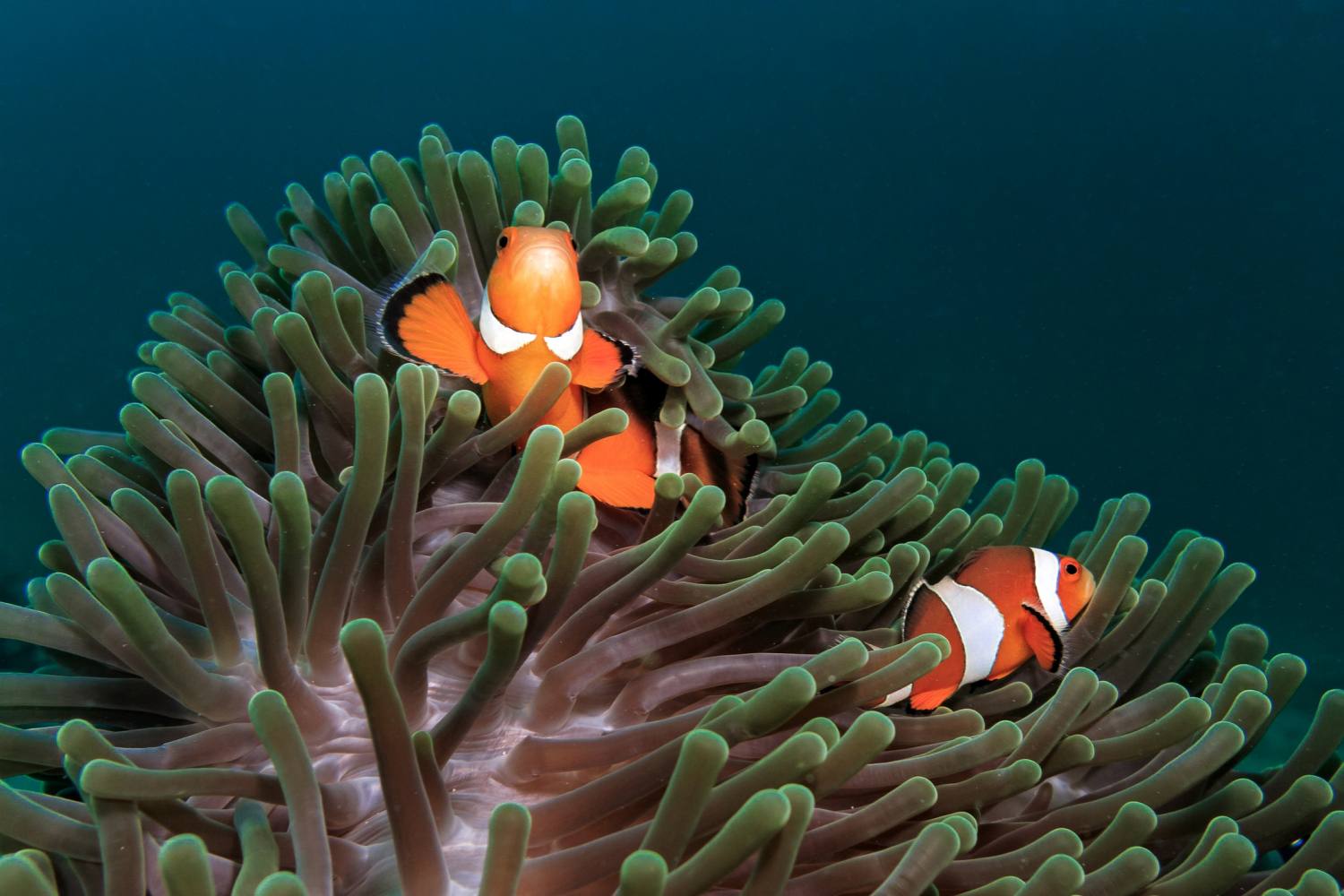
One of the most intriguing aspects of coral behavior is their symbiotic relationships with other organisms. Beyond their partnership with zooxanthellae, corals interact with various marine creatures in mutually beneficial ways.
- Zooxanthellae Algae: This algae-coral relationship is the backbone of coral reefs. In exchange for a safe home and access to sunlight, zooxanthellae provide the coral with essential nutrients.
- Cleaner Shrimp and Gobies: Some corals host cleaner shrimp or gobies that remove parasites and debris from their surfaces. This interaction helps keep corals healthy while providing food and shelter for the cleaner species.
- Reef Fish: Corals and fish often share a close bond. Fish like clownfish and damselfish seek shelter among corals, while their movements help increase water flow, bringing nutrients to the coral’s polyps.
Aggression and Competition: Survival of the Fittest
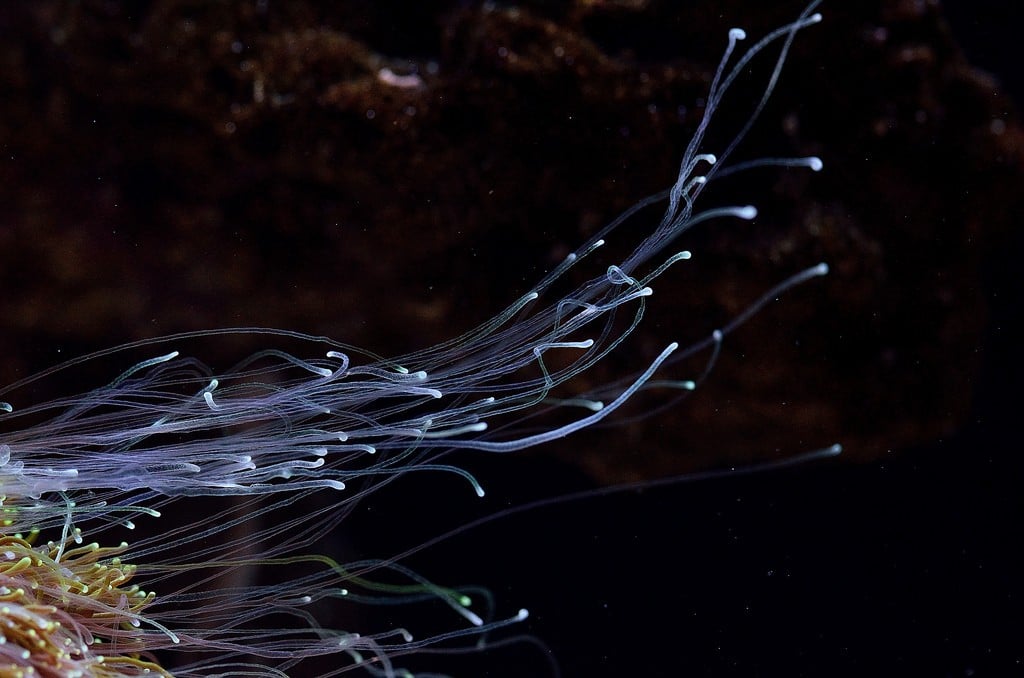
Corals are far from passive when it comes to competition. In crowded reef environments, they engage in chemical and physical warfare to secure space and resources.
- Sweeper Tentacles: Some corals, like Galaxea, extend long, stinging tentacles to attack nearby competitors. These sweeper tentacles deliver powerful stings to neighboring corals, causing tissue damage.
- Chemical Warfare: Soft corals, such as Kenya Tree and certain leather corals, release allelopathic chemicals into the water to inhibit the growth of nearby corals. Activated carbon in reef tanks can help neutralize these toxins.
- Rapid Growth: Fast-growing species like green star polyps can outcompete others by overgrowing rock structures, monopolizing light and space.
Coral Behavior in Response to Stress
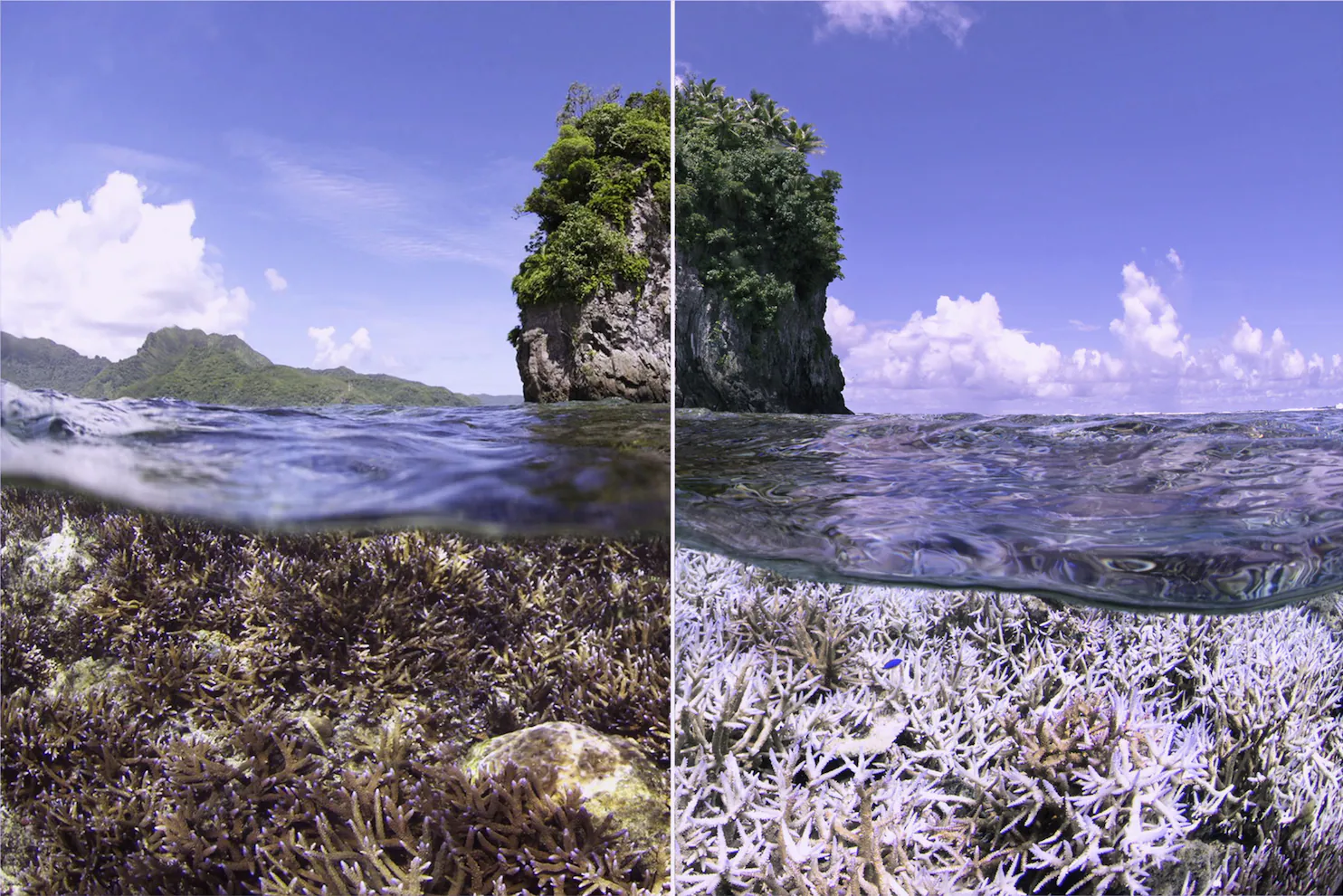
Corals exhibit specific behaviors when they encounter stress, such as bleaching, tissue recession, or polyp retraction. Recognizing these behaviors can help reefkeepers intervene before stress becomes fatal.
- Bleaching: A stressed coral may expel its zooxanthellae, leading to a pale or white appearance. Common causes include temperature fluctuations, poor water quality, or excessive light.
- Polyp Retraction: Corals may retract their polyps when exposed to strong currents, physical disturbance, or poor tank conditions.
- Slime Shedding: Some soft corals secrete a protective mucus layer when stressed, which may signal water quality issues or chemical warfare in the tank.
How Understanding Coral Behavior Benefits Reefkeepers
By observing coral behavior, hobbyists can better cater to the needs of their reef tanks. For example:
- Placement Decisions: Understanding the aggressive tendencies of certain species helps prevent competition and damage.
- Adjusting Water Flow: Monitoring polyp movement can reveal whether water flow is too strong, too weak, or just right.
- Optimizing Lighting: Observing coral coloration and zooxanthellae density can guide adjustments to lighting intensity and spectrum.
Unlocking the Secrets of Coral Behavior
Corals are far more dynamic than they appear, engaging in feeding, symbiosis, and even aggressive tactics to survive and thrive. By understanding their behavior, reefkeepers can create balanced, thriving tanks that support the natural interactions of these fascinating organisms. Whether you’re observing how corals feed or navigating the challenges of aggression, tuning in to coral behavior is the key to a healthy, vibrant reef.
Ready to explore the world of coral behavior firsthand? Browse our collection of aquacultured corals at ExtremeCorals.com and build your own thriving underwater ecosystem.

